The researchers working on this theme explore how microbes in the Gulf of Mexico respond to the presence of oil & gas in the marine environment through natural (naturally occurring hydrocarbon (oil & gas) seeps) and anthropogenic (2010 Deepwater Horizon accident) sources. Microbes -- meaning mostly bacteria -- are the only organisms in nature that can degrade oil and actually benefit from its presence. Specialized oil-degrading bacteria underwent a population explosion during and after the Deepwater Horizon oil spill that our researchers are still tracking with genetic detection techniques, activity measurements, and cultivations (to grow these organisms in the lab). They are looking into how different kinds of bacteria with different oil-degrading capabilities bloomed after the spill, what they did to the oil, how the microbial slime which they produce facilitates oil degradation as a natural dispersant, how long they maintain their population size, the impacts of dispersants on microbial populations, and whether small "seed" populations perpetually exist in the Gulf of Mexico and elsewhere to tackle the next oil spill.
This theme aims to address components of the following ECOGIG research areas:
Assessing the role of the offshore Mississippi River plume in structuring the microbial communities that control hydrocarbon degradation.
Determining the roles of phytoplankton, minerals and microbes in forming marine oil snow.
Determine the impact of natural perturbations on hydrocarbon releases by:
1. Conducting laboratory experiments to determine the capacity of natural biological communities to process increased hydrocarbon loads on site by oxidizing them and converting them to biomass (~petrocarbon) that can be traced through the food web.
2. Measuring with site specific experiments how variability in hydrocarbon concentrations alter water column biological community structure and activity.
Measure the biological impacts of anthropogenic perturbations (hydrocarbon discharges and dispersant application) by:
Measuring the response of natural biological communities (microorganisms, infauna, corals) to exposure to oil, dispersant, and oil-dispersant mixtures.


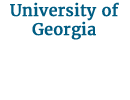








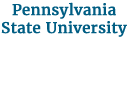

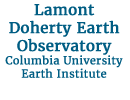
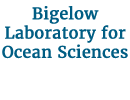
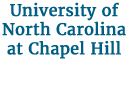


 back to top
back to top